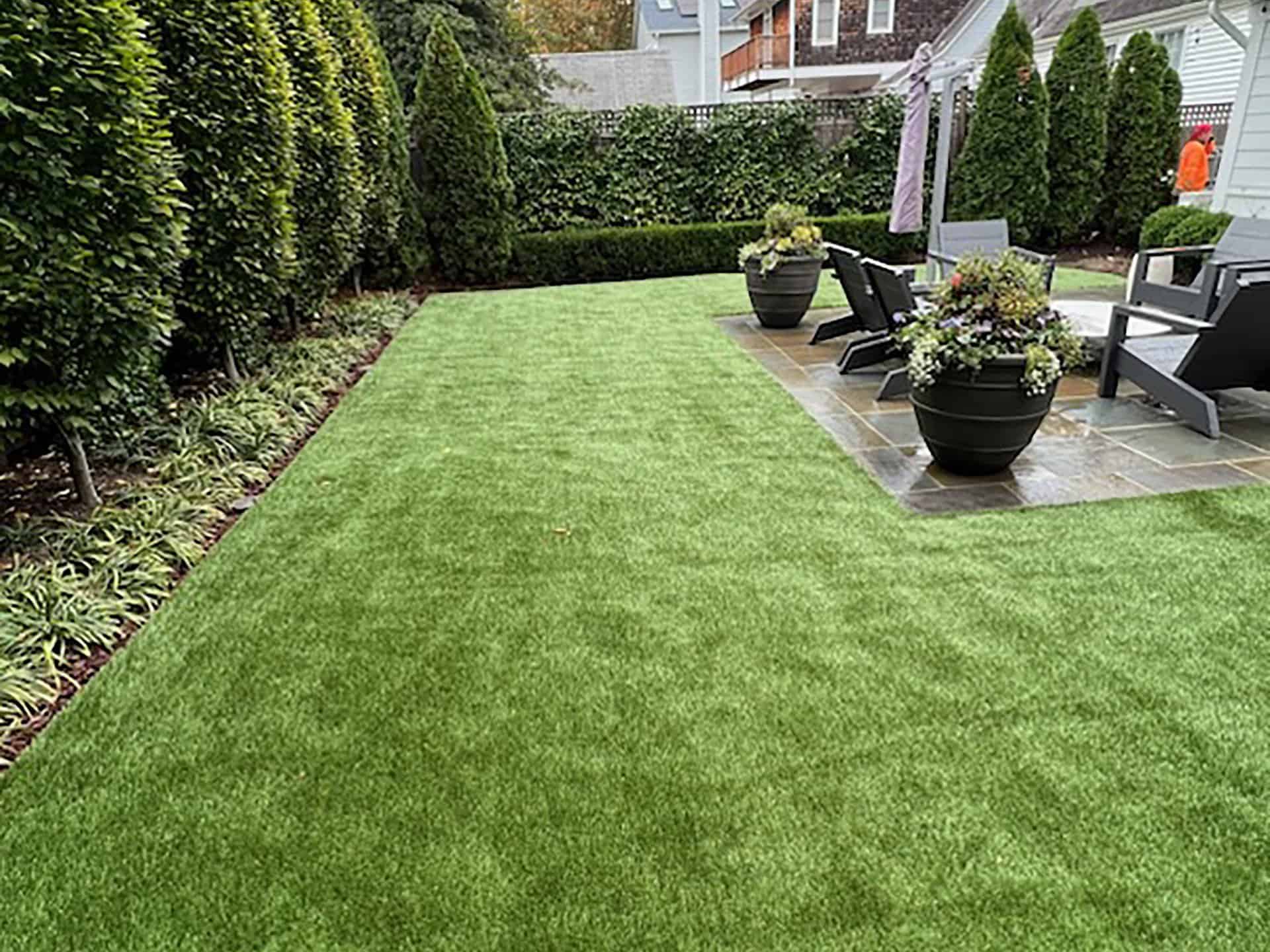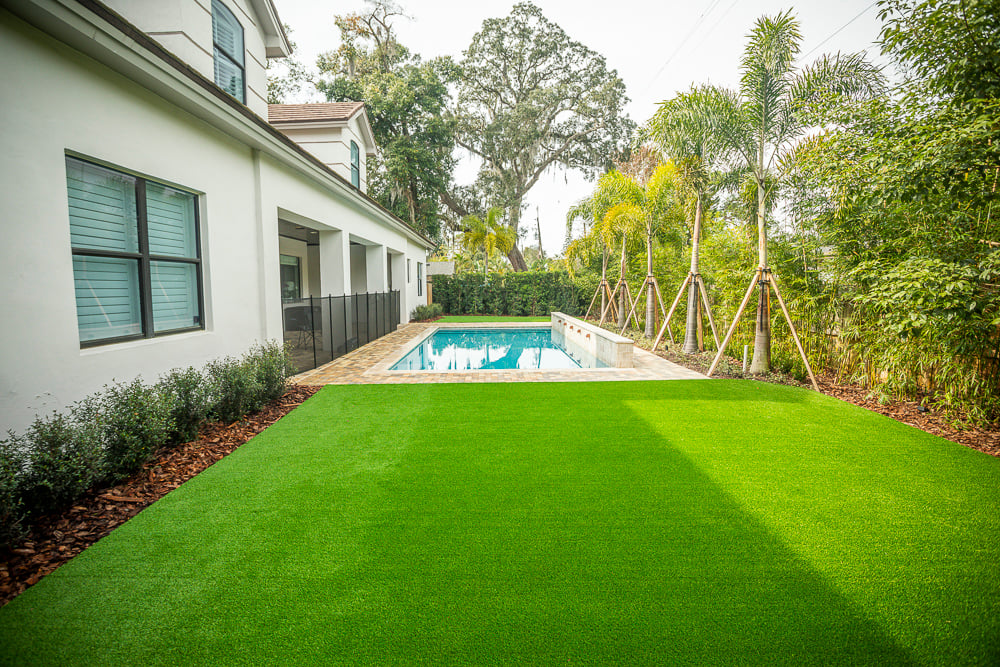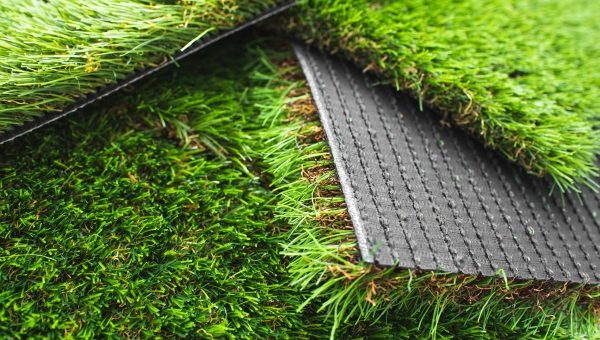Professional Arizona Turf Providers Offering a Natural-Looking Lawn Option
Professional Arizona Turf Providers Offering a Natural-Looking Lawn Option
Blog Article
See Why Homeowners Prefer Artificial Turf for Sustainable Landscaping Practices
As homeowners increasingly prioritize sustainability in landscaping, artificial turf has become an engaging choice to conventional lawn. Its capability to save water, decrease maintenance efforts, and minimize ecological influence settings it as a functional option for those seeking environment-friendly options. The visual allure and adaptability of fabricated lawn cater to diverse layout preferences. The implications of this change prolong past simple benefit and aesthetics, motivating a better examination of exactly how these choices affect broader ecological outcomes. What remains to be discovered is the full range of benefits that man-made turf can supply to property owners and the atmosphere alike.
Water Conservation Conveniences
One of the most significant advantages of synthetic grass is its function in water conservation. In comparison, artificial turf eliminates this demand entirely, as it does not require watering.
Moreover, the installation of synthetic grass can contribute to a more sustainable landscape. Homeowners can considerably lower their water bills, enabling reallocation of sources to various other ecological efforts or home uses. Additionally, synthetic grass is made to hold up against numerous weather conditions without the need for supplemental watering, making it an ideal selection for areas dealing with water scarcity.
The ecological advantages prolong beyond prompt water cost savings. By decreasing water consumption, synthetic grass helps to mitigate the influences of climate change, maintaining crucial communities that are threatened by too much water extraction. As lasting landscape design practices obtain traction, artificial lawn emerges as a liable choice for homeowners seeking to develop green outside rooms.
Minimized Maintenance Initiatives
Synthetic lawn significantly lowers maintenance initiatives contrasted to typical yard lawns. With fabricated turf, home owners can get rid of the taxing tasks connected with all-natural landscape design, such as mowing, feeding, and weeding. This not only saves beneficial time yet likewise lowers physical labor, making lawn care obtainable for individuals of every ages.
One of the most remarkable advantages is the lack of regular mowing. Conventional grass call for regular trimming to maintain an aesthetically pleasing elevation, whereas synthetic grass remains constantly lush without the need for cutting. Additionally, house owners no more need to use chemicals or fertilizers, which are usually required to maintain natural lawn healthy and balanced. This shift not just lightens the workload yet likewise promotes a neater, a lot more consistent look year-round.
Furthermore, synthetic turf is sturdy and resistant, requiring marginal maintenance past occasional cleaning and rinsing to get rid of debris. This simplicity of upkeep enables home owners to enjoy their exterior spaces without the constant concern of upkeep, supplying even more time for leisure and household tasks. Eventually, the lowered upkeep efforts related to synthetic grass make it an attractive choice for those looking for a low-maintenance, aesthetically appealing landscape.

Ecological Effect Reduction
There is an expanding recognition of the environmental advantages related to synthetic grass, especially in terms of water preservation and reduced chemical use. Conventional yards call for substantial quantities of water, especially in drought-prone regions, resulting in enhanced pressure on regional water sources. On the other hand, synthetic grass gets rid of the requirement for irrigation, considerably decreasing water intake and advertising sustainability.
Additionally, traditional yard maintenance usually includes the application of herbicides, pesticides, and plant foods, which can contribute to dirt and water contamination. Fabricated grass minimizes this ecological risk by needing minimal upkeep and virtually getting rid of the requirement for hazardous chemicals. This not just improves soil wellness yet also secures neighborhood ecosystems from harmful runoff.
Furthermore, the production of all-natural turf yards normally entails the usage of nonrenewable fuel sources Web Site for mowing and landscaping equipment, more adding to greenhouse gas discharges. By choosing artificial lawn, house owners can considerably reduce their carbon impact associated with yard care activities.
Visual Charm and Convenience
Along with its environmental advantages, synthetic grass provides considerable aesthetic allure and flexibility for landscape design. House owners can accomplish a lush, eco-friendly appearance year-round, eliminating the seasonal changes commonly related to all-natural yard. This consistent visual not just improves the aesthetic allure of a building but additionally contributes to a refined and well-maintained appearance.
Moreover, artificial grass is readily available in a variety of structures, designs, and shades, permitting personalization to match specific choices and design styles - her latest blog Arizona turf. Whether utilized in property gardens, commercial areas, or recreational areas, it can seamlessly incorporate into varied landscaping layouts, from modern-day minimal to lavish exotic setups
The versatility of synthetic turf expands past plain look; it can be set up in numerous places, consisting of rooftops, patios, and also indoor rooms, developing possibilities for one-of-a-kind landscape design services. Furthermore, it appropriates for a series of tasks, from kids's backyard to pet-friendly atmospheres, providing capability without compromising design.
Inevitably, the aesthetic allure and flexibility of synthetic grass make it an attractive choice for house owners looking for lasting landscaping services that do not sacrifice beauty for ecological responsibility.

Long-Term Cost Cost Savings
One of the most compelling advantages of man-made turf is its possibility for long-lasting cost financial savings. Unlike all-natural yard, which needs routine maintenance-- consisting of mowing, watering, feeding, and bug control-- artificial grass considerably minimizes these continuous expenditures.
Additionally, synthetic grass has a lifespan of 15 to 25 years, relying on its top quality and use. This toughness minimizes substitute expenses, making it a much more cost-effective option in the future. Moreover, the preliminary investment in synthetic grass can usually be redeemed via the financial savings built up with time.
While the upfront cost may seem greater compared to sod installation, the advancing savings from reduced maintenance and water use commonly exceed these first expenditures. Ultimately, the fostering of synthetic grass not just promotes a lasting landscaping service but likewise offers homeowners a monetarily wise option that straightens with lasting budgeting objectives.
Verdict
Man-made lawn emerges as a compelling option for sustainable landscape design, supplying significant advantages in water conservation, minimized upkeep initiatives, and lessened environmental impact. As communities progressively prioritize ecologically pleasant methods, the fostering of fabricated grass represents a modern step toward achieving sustainable and durable landscapes.
In addition, artificial lawn is designed to endure numerous weather conditions without the demand for supplemental watering, making it a perfect choice for areas encountering water deficiency. (Turf installation phoenix az)

Man-made lawn emerges as a compelling alternative for sustainable landscaping, providing considerable advantages in water preservation, minimized maintenance initiatives, and diminished ecological impact.
Report this page